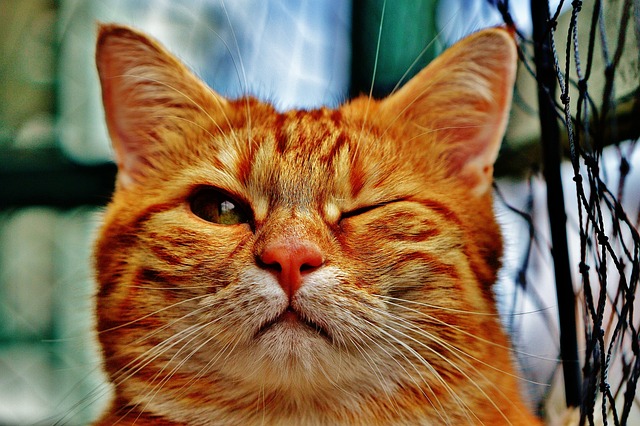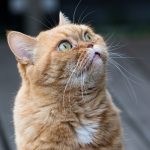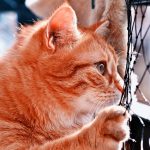Introduction: Black cats have long been associated with superstitions and folklore, often linked to Halloween, witchcraft, and bad luck. However, beyond their dark reputation lies a rich history and unique qualities that set them apart. In various cultures, they are even considered bearers of good fortune. Let’s delve into some intriguing facts about these enigmatic felines.
- The Enchanting Connection between Black Cats and Love: Contrary to the stereotype of the solitary cat owner, in certain regions, owning a black cat is believed to enhance one’s love life. For instance, in Japan, single women who have black cats are thought to attract more potential partners. In the English Midlands of Great Britain, a black cat is considered an auspicious wedding gift, symbolizing good luck and happiness for the bride.
- Sailing with Superstition: Historically, ships often had resident cats to control the rodent population. Among British sailors, a black cat was seen as a harbinger of good luck, ensuring a safe voyage back home. However, for pirates, superstitions varied. A black cat moving toward you was considered bad luck, while one walking away was seen as a positive omen. If a cat boarded a ship and then departed, it was believed the ship was destined for misfortune.
- Natural Disease Resistance: In a fascinating discovery, researchers at the National Institutes of Health found that the genetic mutations responsible for black fur in cats may provide them with some resistance against diseases. These mutations involve the same genes that confer HIV resistance in certain humans. This revelation positions cats as valuable models for studying human diseases, potentially leading to breakthroughs in disease prevention.
- Sun-Induced Color Change: Black cats who bask in the sun may experience a change in their fur color due to UV exposure. The black pigment in their fur can break down, resulting in a rusty hue. While the affected fur retains this discoloration, newly grown fur will revert to its original black shade.
- Black Cats Bring Good Luck: Contrary to North American beliefs, black cats are seen as harbingers of good fortune in several parts of the world. In Scotland, a black cat at your doorstep is considered a sign that money is on the way. Similarly, the French and Germans associate black cats with financial prosperity, dispelling the notion of bad luck.
- Black Cats: Not a Specific Breed: Being a black cat is not indicative of a particular breed, though numerous breeds may include solid black as an accepted coat color. The Bombay breed, however, was intentionally developed to possess exclusively black fur, along with black foot pads and whiskers. These affectionate felines resemble miniature panthers with a friendly disposition.
- The Dominance of Black: Genetically, black is the dominant coat color among felines, though most black cats may exhibit patches of white. Overall, black remains the most prevalent color among domesticated cats.
- Striking Yellow Eyes: While feline eye color spans a spectrum, the majority of black cats boast mesmerizing yellow or golden eyes. This stark contrast between their black fur and vivid eyes adds an extra layer of mystique to these captivating creatures.
- National Black Cat Day: Designated on October 27, just four days prior to Halloween, National Black Cat Day is dedicated to celebrating and dispelling myths surrounding these enchanting felines.
- Hidden Patterns: In sunlight, a solid black cat may reveal faint stripes within its fur. This occurs because while black is the dominant fur color genetically, the striped tabby pattern holds dominance in fur patterning. In cats with genes for both black fur and tabby patterning, the stripes can be subtly “hidden” beneath the black coat.
Conclusion: Beyond their superstitions, black cats possess a captivating history and unique characteristics that make them extraordinary companions. Whether they bring good fortune or simply offer companionship, these enigmatic felines deserve to be celebrated and understood for the fascinating creatures they are.



